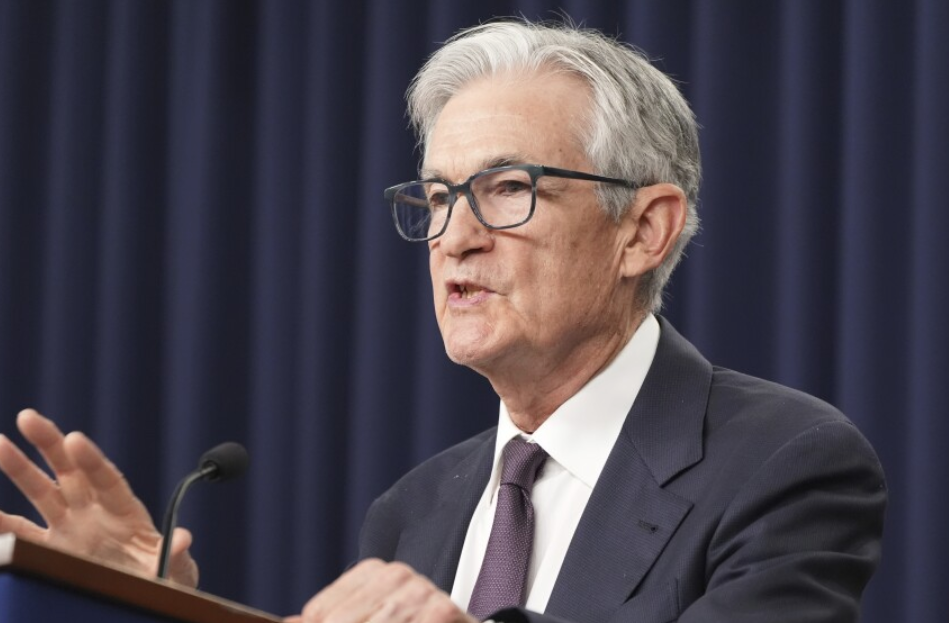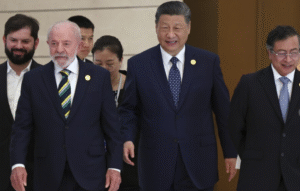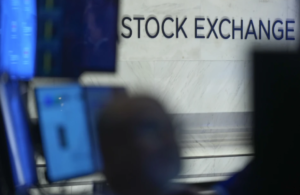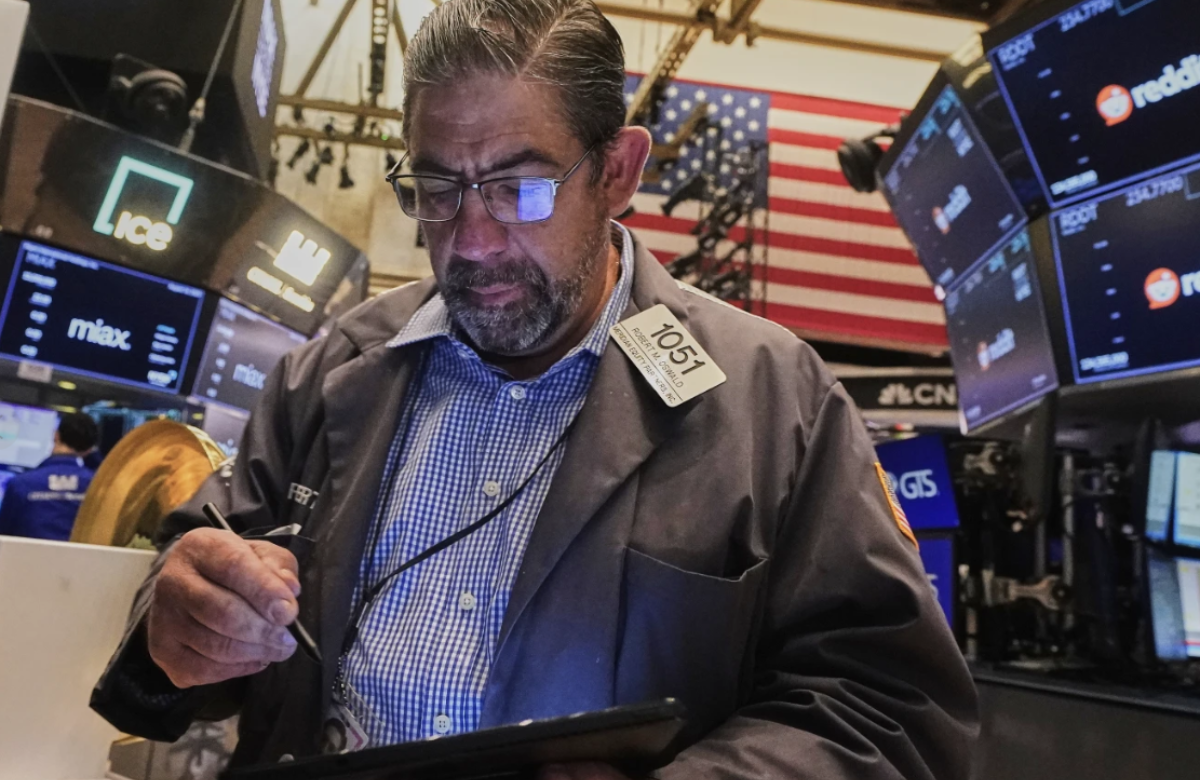The Federal Reserve chose to keep its key interest rate unchanged at 4.3% for a third consecutive meeting, despite growing political pressure from President Donald Trump to cut borrowing costs. The central bank is facing a rare and difficult economic environment, marked by both rising inflation and the risk of higher unemployment—an unusual combination that complicates its policy decisions.
Though the Fed had cut rates three times late last year, it has since adopted a wait-and-see approach. While many economists and financial markets still anticipate rate cuts later this year, Trump’s broad imposition of tariffs on imports has clouded the outlook, introducing significant uncertainty for both the economy and monetary policy.
Fed Chair Jerome Powell acknowledged during a post-meeting press conference that tariffs have hurt both consumer and business sentiment. However, he noted that their actual impact on the broader economy has yet to be fully felt. “If the large increases in tariffs that have been announced are sustained,” Powell warned, “they’re likely to raise inflation, slow economic growth, and increase unemployment.” He emphasized that the situation remains fluid and uncertain, making it difficult for the Fed to chart a clear course.
The current mix of economic signals is especially troubling for central bankers. Typically, inflation rises during strong economic expansions, while unemployment climbs during downturns. Experiencing both at the same time—often referred to as “stagflation”—is rare and poses a serious challenge because traditional tools to fight one issue often worsen the other. The last major bout of stagflation occurred in the 1970s during oil crises and economic stagnation.
Economists warn that Trump’s tariffs could lead to such a scenario. By making imported goods and components more expensive, tariffs can push up prices. At the same time, they may prompt businesses facing higher costs to cut jobs, thereby raising unemployment.
The Fed’s dual mandate is to ensure stable prices and maximize employment. Normally, it would raise interest rates to fight inflation or cut them to combat job losses. But with both threats looming simultaneously, Powell signaled the Fed will tread cautiously. At the start of the year, most analysts expected two or three rate cuts in 2025 as inflation cooled from its post-pandemic highs. Now, Powell says the chances of achieving a “soft landing”—where inflation returns to 2% without a spike in joblessness—are declining.
“If the tariffs are implemented at the levels announced, we won’t see further progress toward our goals for some time,” Powell said, suggesting that inflation and unemployment could both worsen in the short term.
Future rate moves will depend on which threat—rising prices or growing joblessness—becomes more pronounced. “It could mean rate cuts, it could mean staying where we are,” Powell said. “We just need to see how things play out.”
According to Krishna Guha of EvercoreISI, the Fed’s balanced risk outlook and its current view of the economy as fundamentally sound likely means no immediate rate cut. He predicts the Fed may not be ready to lower rates until September.
Trump announced widespread tariffs on about 60 trading partners in April but delayed most of them for 90 days, except for steep duties on Chinese goods, which now face a 145% tariff. High-level trade talks between the U.S. and China are scheduled to begin this weekend in Switzerland—the first since the latest round of tariffs began.
Tensions between the Fed and the White House may increase if the economy starts to weaken. Trump has repeatedly called for lower interest rates and hinted at removing Powell from his position in the past. Asked if presidential pressure plays any role in decision-making, Powell was firm: “(It) doesn’t affect doing our job at all. We’re always going to consider only the economic data, the outlook, the balance of risks, and that’s it.”
Lowering the Fed’s benchmark rate could, in theory, reduce borrowing costs for things like mortgages, car loans, and credit cards, though there’s no guarantee these effects would be immediate or widespread.
A key concern for the Fed is how long the inflationary effects of tariffs might last. While such measures often cause a one-time bump in prices, they don’t always lead to sustained inflation. Right now, the broader economy remains relatively strong, with steady consumer spending and solid job growth. But signs of inflationary pressure are emerging. Business surveys indicate rising costs from suppliers, and a recent Fed survey from Dallas showed that over half of manufacturing firms plan to pass on higher tariff-related costs to consumers.
Despite the current strength of the economy, the uncertain impacts of trade policy are making the Fed’s path forward increasingly complicated.














